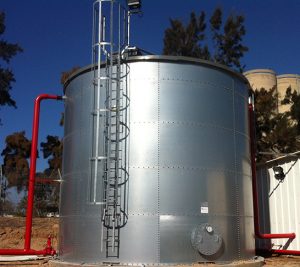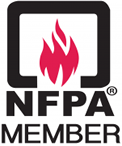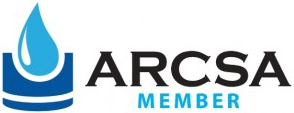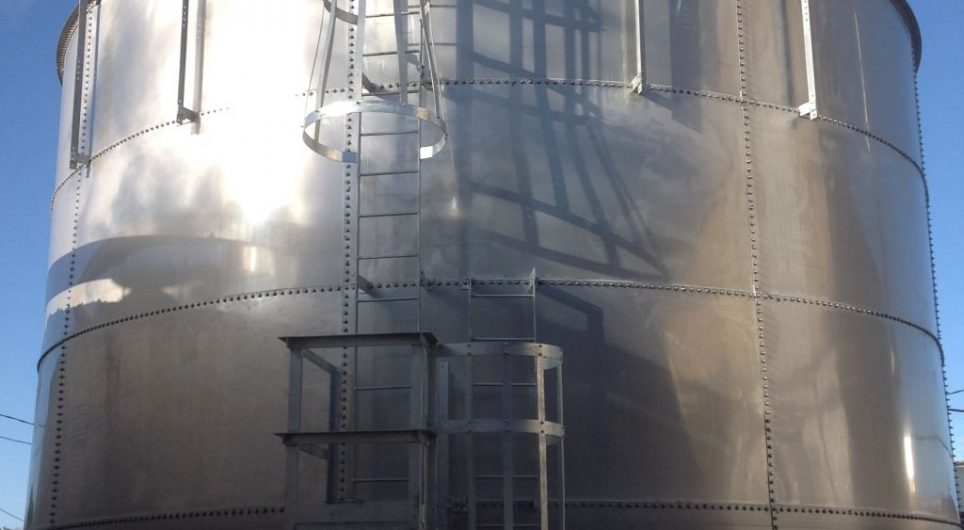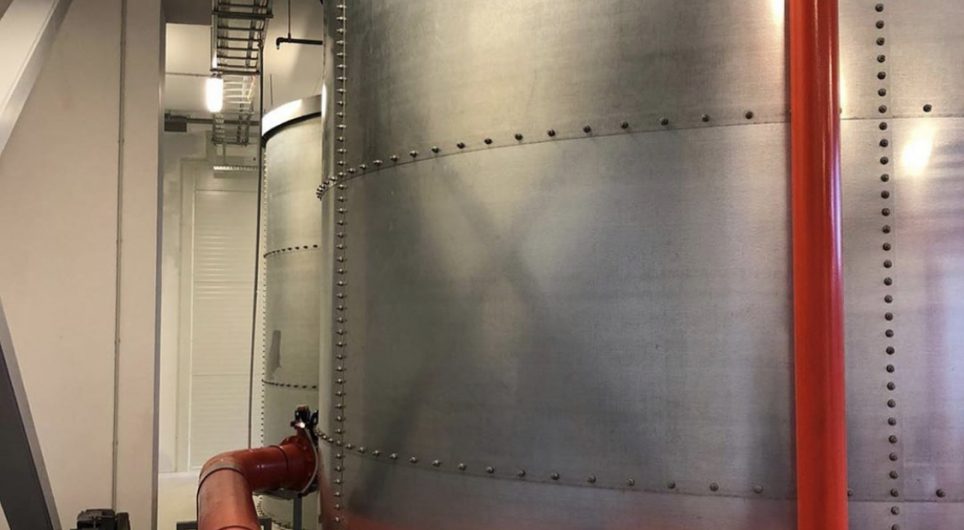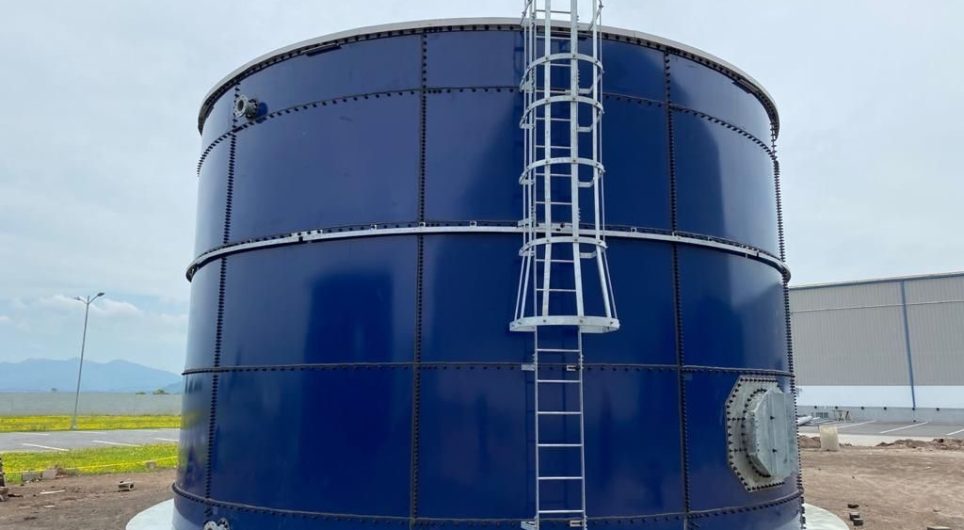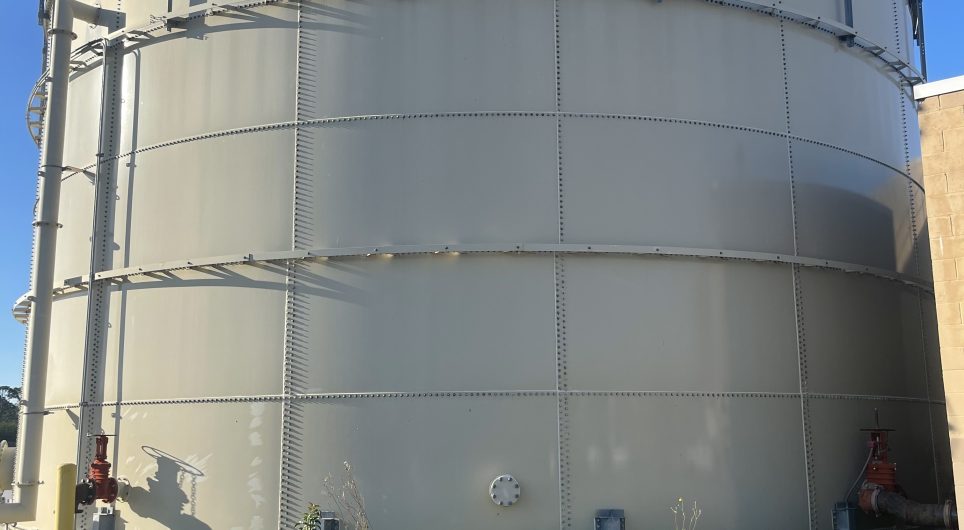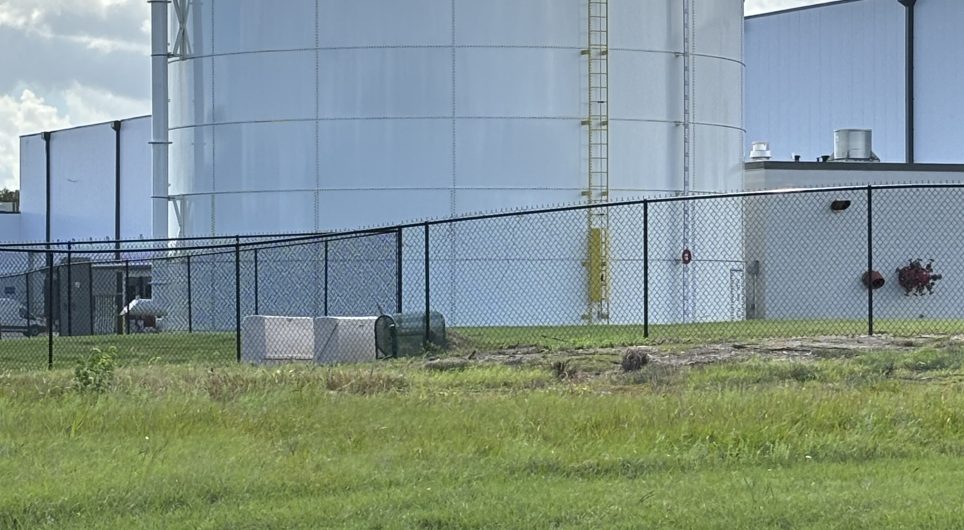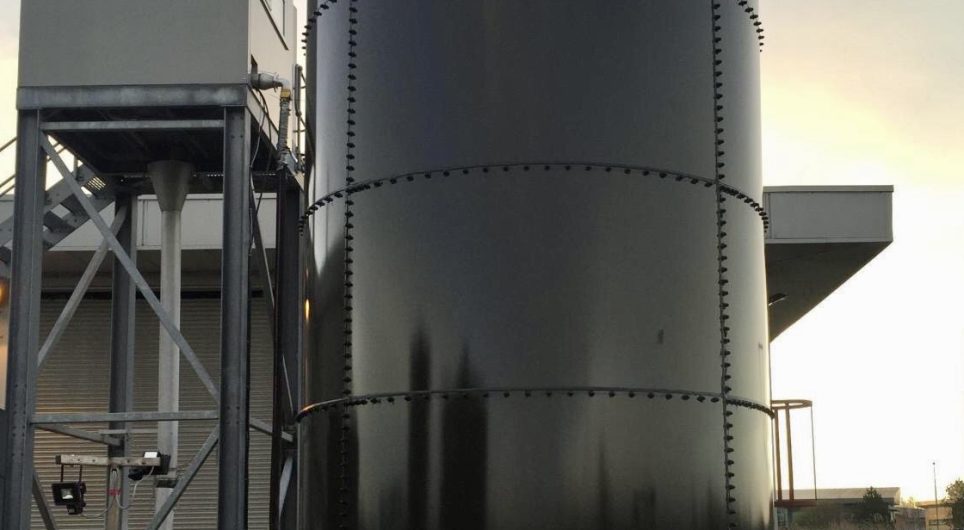Firewater storage tanks create a dedicated location for a specific volume of water that can be used by fire departments to supplement or act as the main source of water.
In regions where water is either scarce or not connected to a municipal supply, firewater tanks can provide the critical water needed for fire protection. In most cases, the requirements of fire suppression sprinkler system design are dictated by various Building Codes. Chiefly, in the United States, Canada, and Mexico the National Fire Protection Association – Sprinkler Systems, commonly called NFPA, is the standard for design and code approval. In rural areas or in fast growth urban areas, public water infrastructure is often insufficient to meet the needs of firefighting efforts. Fire trucks dispatched to a fire can only hold so much water, and there may or may not be static natural water sources to draw from such as lakes and ponds; to solve this problem, storage tanks can be installed at strategic locations in order to aid in fire suppression in the event of a fire. The design of sprinkler systems has three parts: determination of the water volume needed, the design of sprinkler distribution and the design of the storage and pumping system necessary for sprinkler operation. It is important to note that the final design will need the approval of the authority having jurisdiction before construction begins. This may be the local building inspector, fire chief, insurance underwriter, local or state code official, who may possibly modify the code requirements. So, it is best to get his involvement early in the design process.
